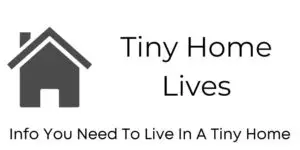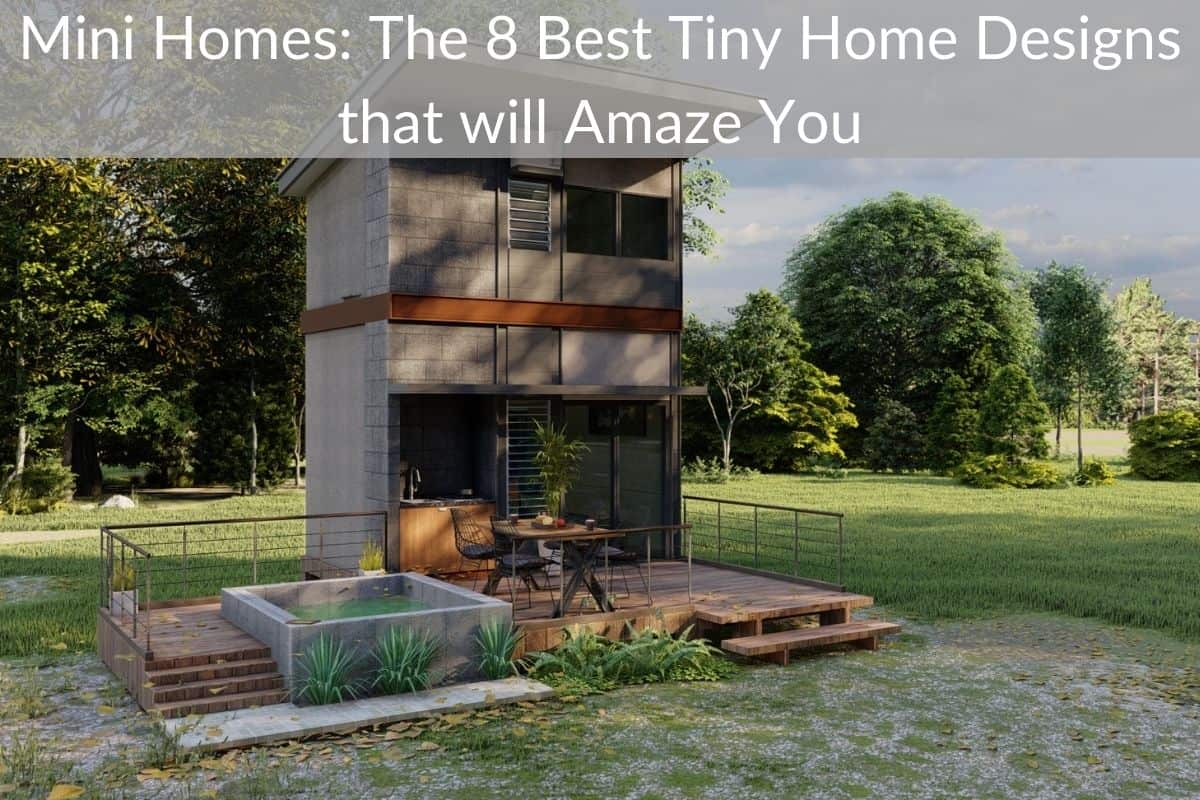Table of Contents
*This post may contain affiliate links. As an Amazon Associate we earn from qualifying purchases.
Simple living is on the rise around the world as homeowners look to remove clutter from their lives. With tiny homes, you take everything you truly need and compress it into a home with a small footprint. The conversion to a tiny home after living in a standard house, even a small one, is a big change, but it is also a beneficial one. From less mess to reduced cleaning, there are many benefits to living in a tiny home.
Tiny homes aren’t just a new way of life for someone downsizing; they’re also the wave of the future in places where the cost of living is growing. Young people out of college are more likely to afford them. They’re even a great solution to some of our largest problems, like homelessness and low-income housing.
If tiny homes sound intriguing to you, but you don’t know where to start, don’t worry. In addition to the ability to work with an architect for a custom design, there are many existing blueprints and pre-fabs to choose from. No matter what you’re looking for in a tiny home, there is a solution for you.
WHAT ARE TINY HOMES?

A tiny home is a small house with a footprint of less than 400 square feet. With so little space to work with, tiny homes prize efficient use of space. Many areas in tiny homes are multi-purpose. A counter, for example, which folds away after use to create space for a pull-out table, or a Murphy bed which pulls down from the wall at night.
There are many different styles of tiny homes to choose from. Some tiny homes come on a trailer. Others are on permanent foundations like a standard home. Your tiny home’s design can be nearly any style you can imagine. Whether you want a rustic cabin-in-the-woods feel or a modern exterior, there’s a tiny home option available for you.
TINY HOMES VS. MINI HOMES
One area of confusion for first time tiny home buyers are the different terms used to describe them. Although there is a defined difference between a tiny home and a mini home for example, with the former defined as one containing a footprint under 400 square feet and the latter under 500 square feet, many erroneously believe they are synonyms.
In general, tiny home is considered the preferred terminology for the movement and homes designed with it in mind. Fortunately, on a practical level, the differences in size are minimal. With both tiny homes and mini homes, the challenges and benefits of making the switch remain the same.
WHY CHOOSE A TINY HOME?
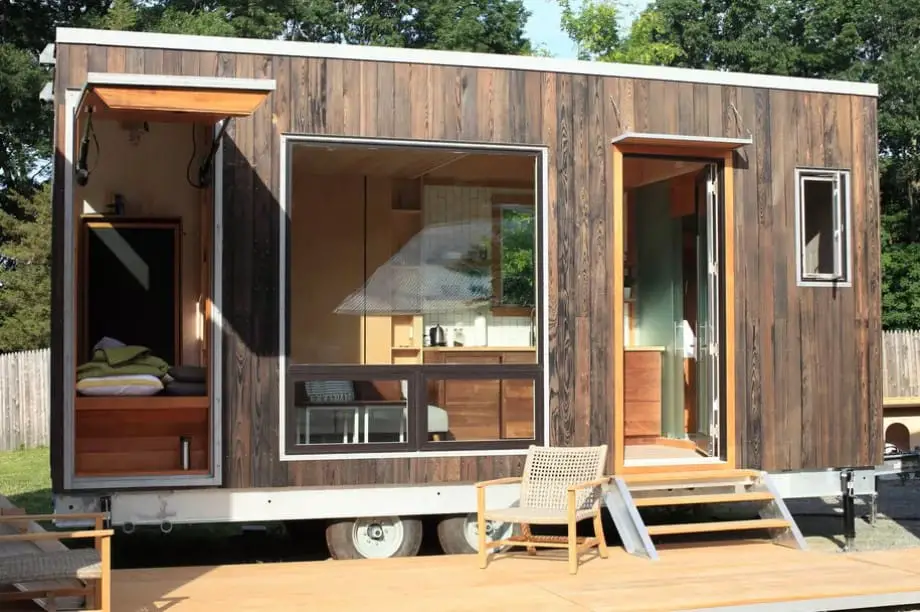
One of the biggest impediments to jumping into the world of tiny homes is the fact that the drawbacks are very easy to grasp, while it’s easy to overlook the many positives of downsizing your living space. Making the switch comes with various perks, so there’s something to appeal to almost anyone. Be careful, however, as zoning laws change from state to state and town to town. Make sure you’ve checked with the local zoning department before building or locating a tiny home, even if it’s on your own property
Tiny homes cost less
Just because this is the most obvious upside doesn’t make it any less true. The cost of purchasing a new tiny home is much lower than buying even a smaller standard home. The savings don’t stop when you close, however. Basic upkeep costs less money because you have less home to take care of. Heating and cooling your tiny home is also easier on your units, meaning they require less energy. Throw in reduced bills for electricity and your monthly costs are mere fractions of the cost of living in a larger home.
Nobody likes chores
More home to live in also means more home to take care of. With a tiny home, there’s not much space for dust and clutter to accumulate. Although a small mess has a disproportionately large effect on the openness of a tiny home, the practical result of this is the increased motivation to simply keep your home clean. Thankfully, with so much less space to live in, it’s easy to do just that. Some chores can’t be entirely avoided even with the best clutter-watching practices. Fortunately, cleaning your roof or vacuuming the floors becomes much easier when there’s not as much roof or floor to worry about.
They’re good for you and for others
Life in a tiny home reduces the negative effect you have on the world, too. By consuming fewer resources, you minimize your impact on the environment. Similarly, building on a smaller footprint means you don’t have to cause as much disruption of nature on your property. Tiny homes are a great option for homeowners with an eco-friendly approach to life.
Sometimes simple is better
We live in a culture where there is a constant encouragement to get more, more, more. It’s overwhelming! Most homeowners acquire so many possessions that they end up owning countless items they don’t even remember that they own. Making the switch over to a tiny home will force you to make difficult decisions about what is coming with you and what has to go. While this process can be hard at the time, once completed you’ll be glad you did it. With fewer objects around the home, you have fewer things to worry about. That means less stress and happier days, on the whole.
YOUR OPTIONS WHEN BUYING A TINY HOME
Life with tiny homes is all about opportunity. Because your home costs less than a larger home, your options for customizing are greater. Options which are not feasible for your budget with larger homes are suddenly realistic opportunities.
| Prefabricated homes | Blueprints from existing designs | Hire an architect |
|---|---|---|
| The easiest way to move into a new home is always to choose one which already exists. With tiny homes, this doesn’t just include homes already on lots, however. Many companies offer prefabricated homes for purchase which greatly reduce construction costs as large portions arrive ready to install. Homeowners choose a model which meets their needs, then hire a qualified contractor to complete the installation. | Pre-designed blueprints are one step up the complexity ladder. Although these require more extensive build work, they also allow for more variation as they are not bound to components which are easy to ship in large sections. As with a prefab build, blueprints of tiny homes are available in every conceivable style to help you find your best match. | The idea of building a custom home to your own specifications may seem like a perk reserved for the wealthy, but not so with tiny homes. Although pricier than the above options, since overall costs on tiny homes are so low, many homeowners can afford to hire an architect for their tiny home, even if it would have been unrealistic for a standard home. Using an architect means you get just the home you want, perfectly catered to your wants and needs. |
THE 8 BEST TINY HOMES
No matter what your plans are for your tiny home, from a custom design to purchasing plans, it’s helpful to check out other tiny homes for inspiration. See what you like and dislike about these designs and incorporate the best bits into your search.
The Wikkelhouse
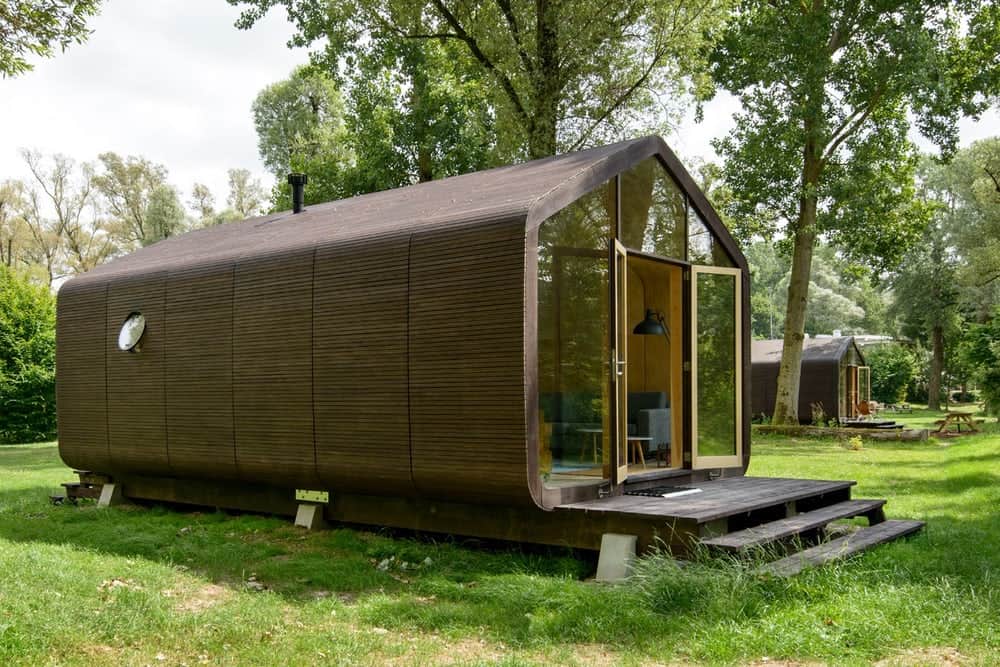
Image from New Atlas
If you think that living in a tiny home means there’s little room for unique design, the Wikkelhouse would like to have a word with you. The rounded walls create a stunning exterior, and a large glass side to the home fills it with natural light. The interior is fully decked out with natural hardwood to create a stunning look.
Sago
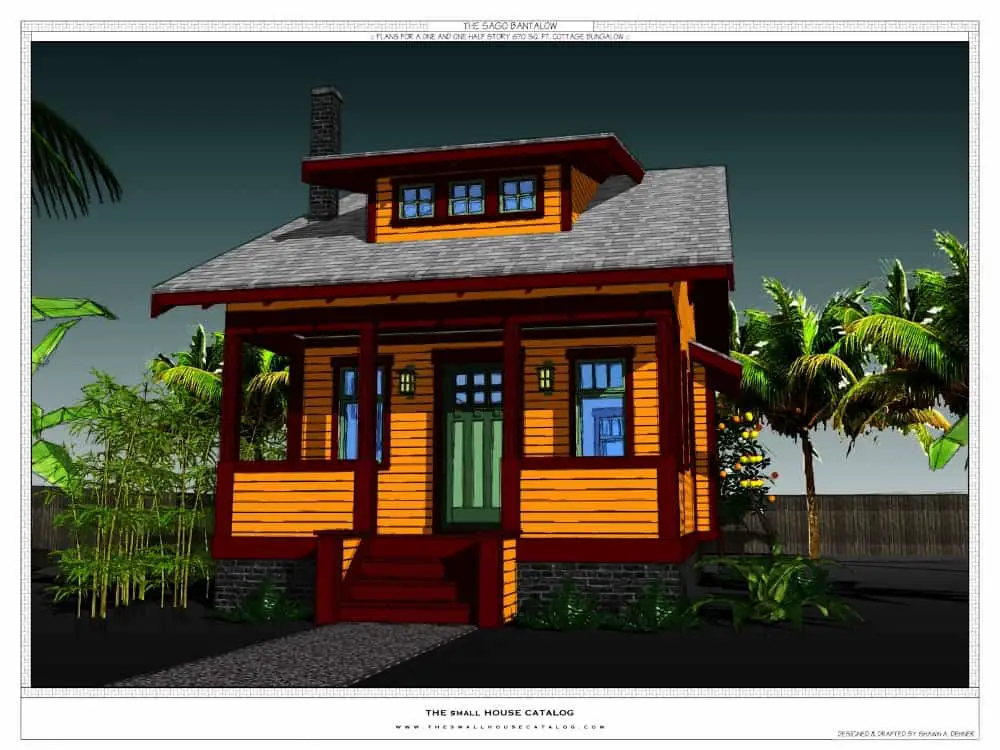
Image from Small House Catalog
Tiny homes built to sit on a permanent foundation carry one big advantage over their more-mobile brethren — basements! By adding a basement to the design, Sago provides the small footprint of a tiny home but allows owners to spread out just a bit more. Basements are a valuable option for owners concerned about going too small with their tiny homes.
Loft tiny homes
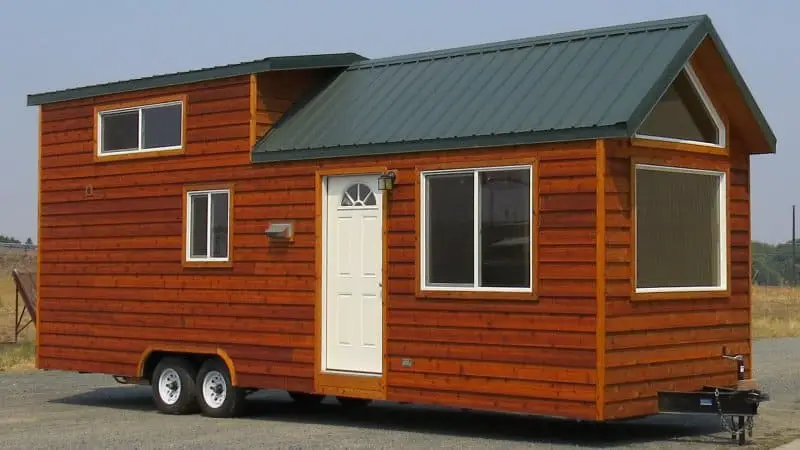
Image from Rich Portable Cabins
No foundation? No problem! Building a tiny home with a loft also gives the same benefits without the need for a permanent structure. Commonly, with a loft tiny home, the sleeping areas are put on another level. That leaves the entire base available for daily living spaces. It’s an effective and cheap way to add some extra space to your tiny home.
Glass-dominant exteriors
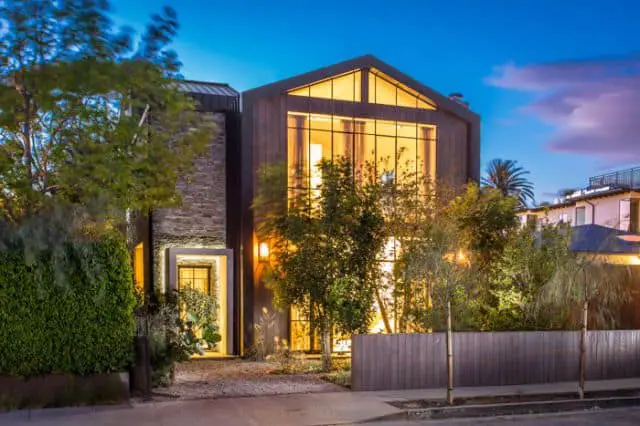
Image from Elle Decor
One of the biggest concerns with living in a tiny home is the feeling of claustrophobia. This clever design solves that problem by making maximal use of glass walls for non-private spaces. By building with glass walls the home receives lots of natural light and feels larger because your vision doesn’t end when the floors do.
The Nugget
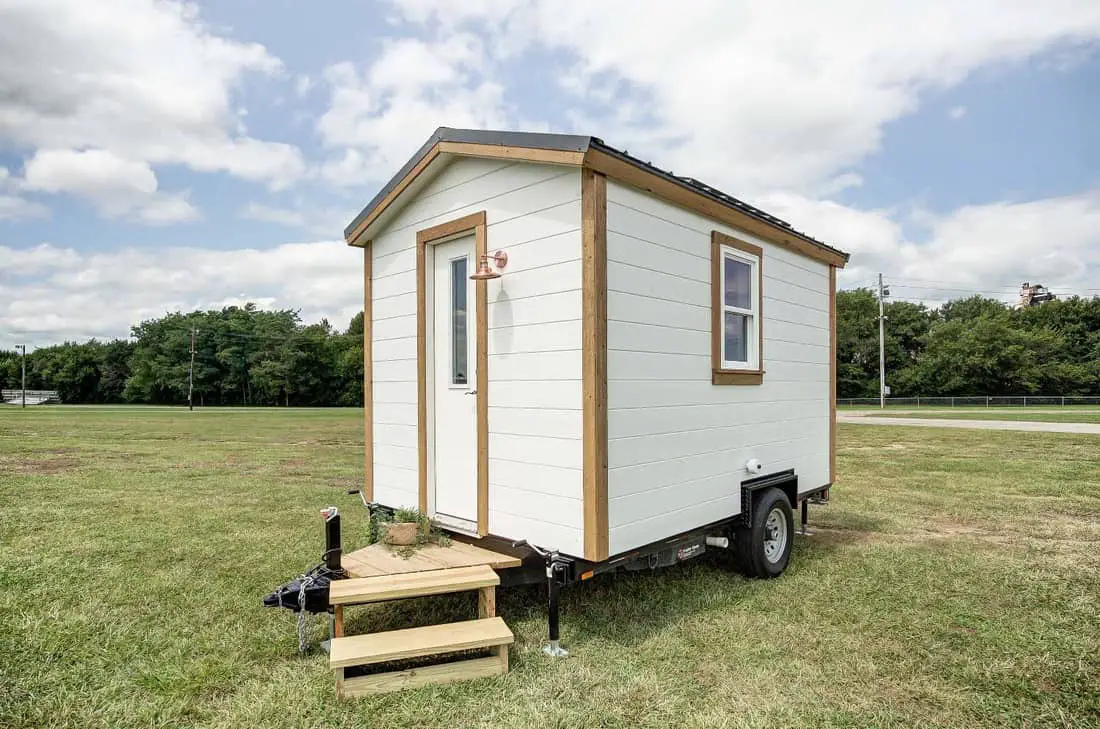
Image from Modern Tiny Living
Just because small homes are a return to basics doesn’t mean they can’t have a modern aesthetic appeal. The Nugget shows how to use crisp, clean design principals to create a stunning look without a lot of space to work with. The design also shows how you can create a full living environment without even approaching the 400 square foot limit.
Drake
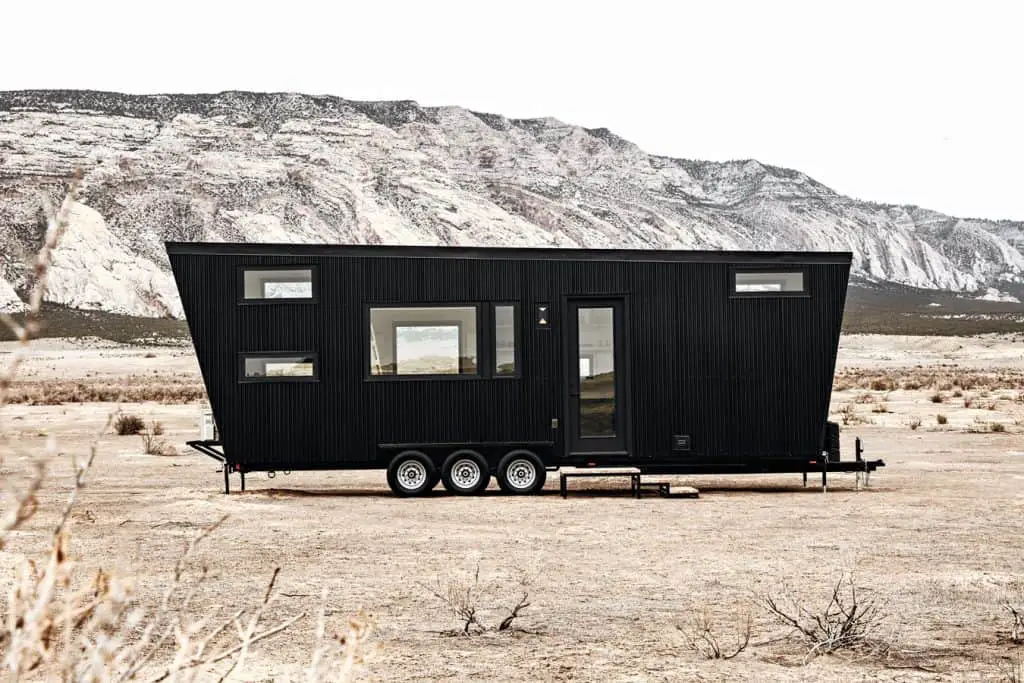
Image from Land Ark RV
Mobility is always an option when looking at the world of tiny homes. The Drake is a simple design which is ready to pack up and go on the back of your truck at a moment’s notice. With road-ready tiny homes, you get the comfort of living in a normal home, with the travel ease that comes with owning an RV.
The Retreat
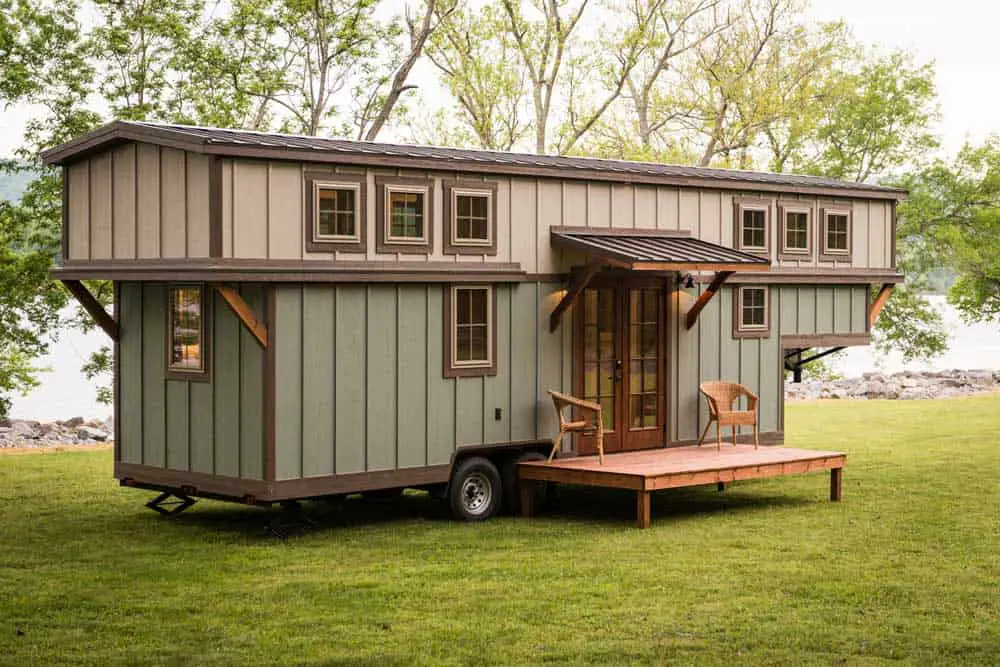
Image from New Atlas
Combining the principals of many different tiny homes is the best way to find the right home for you. With the Retreat, designers sought to combine two great things into one home. The design is fitted and ready to go as a mobile tiny home for homeowners looking to take their show on the road. It also features loft elements, and an overhang for the truck bed, which allows the design to get the absolute most utility out of its small footprint.
The Ladder House
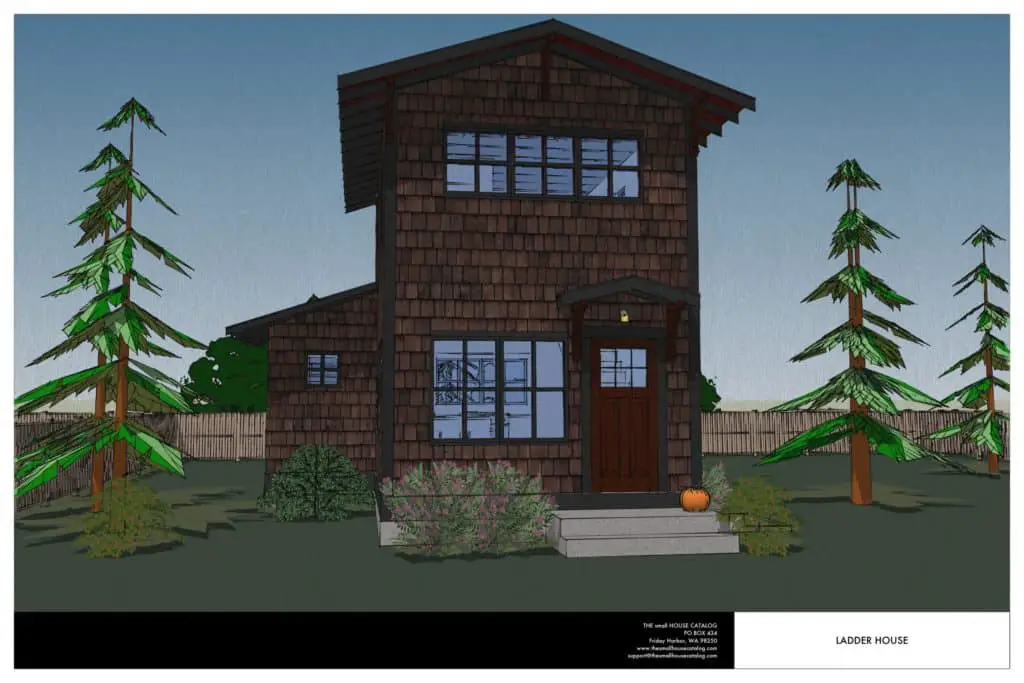
Image from Small House Catalog
Continuing on the theme of getting the most from a small footprint, the Ladder House combines loft homes and basement designs. Adding extra levels to your home does mean you commit to staying in one place. It becomes difficult to move a home when its height extends above that of overhangs and power lines. In return, however, you get more room for a small patch of land. If you want to split the difference between a truly tiny experience and merely a small home, added levels are the solution for you.
IS A TINY HOME RIGHT FOR YOU?
The decision to buy a tiny house or not is a personal one. Even the most pro-tiny home advocate would admit there are difficulties you should expect to face, while a mansion-dweller can still appreciate the value of simplifying life from time to time. The best way to determine if you are ready to make the switch is to try out an extended stay in a small or tiny home. Rent a cabin with minimal space for a week of vacation. Take up a rental unit in an existing tiny house. That will allow you to get a feel for living in a small space without the commitment of going in on a new home.
If the lifestyle you find in this trial run makes you happy, it’s time to start looking for tiny homes on the market. Make a list of everything you absolutely need in your home and search for good matches. If you can’t find one, consider hiring an architect to draw up plans that make you happy. Once you have found the right tiny home, you’re ready to start living large in a home that isn’t.
Do you own a tiny home? We would love to hear from you. What are your favorite perks to living in a tiny home and what’s your best advice for new buyers?
